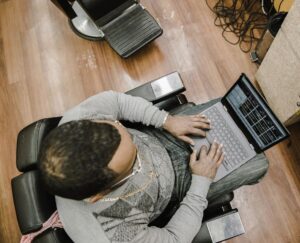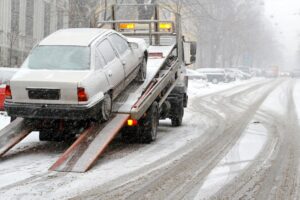History in the Making
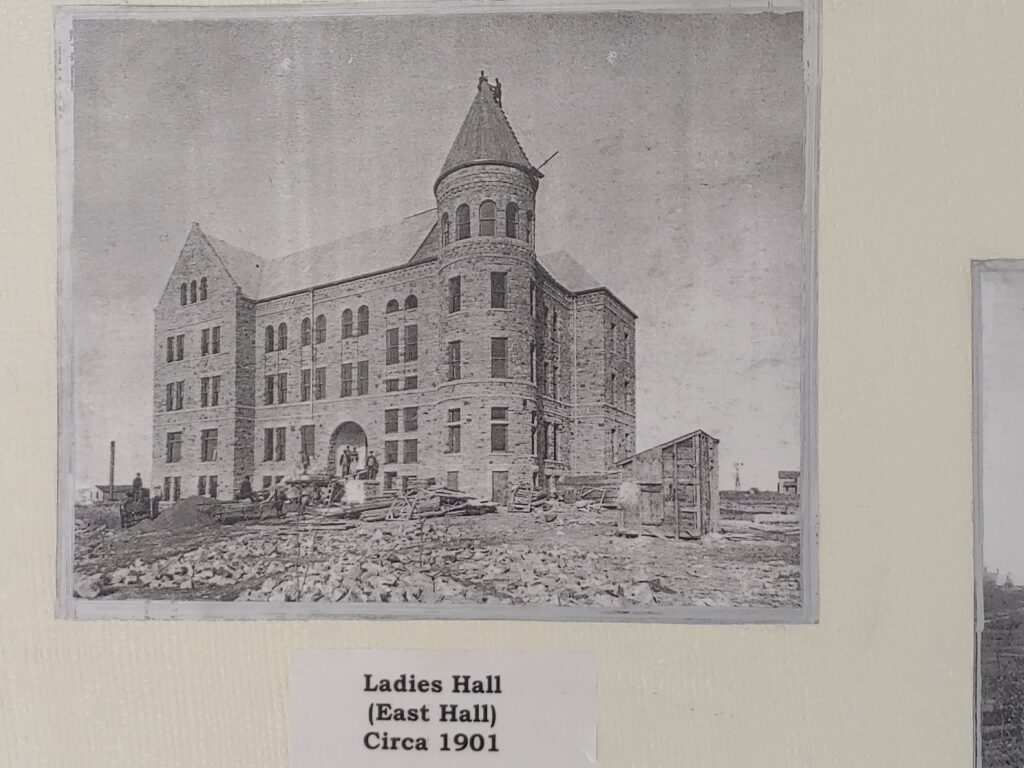
“DSU was the teacher’s college.” Those were the first words I heard when my friend approached me, asking me to join him in South Dakota. That was all I knew about the college’s history before researching for this article. It never occurred to me that somewhere as small as Madison could have such a varied history.
On December 5th,1883 The Normal Dakota School opened its doors for the first time within the Dakota territory. The normal school, a school specializing in training future educators, was overseen by its first president Charles S Richardson and attended by only 11 students. With the school in its infancy, Dakota Normal School offered free tuition to its students, with the only caveat being they had to become teachers.
The very next year, enrollment jumped to 70 students attending Dakota Normal School. The school was quickly growing both in student attendance and additional buildings, as a dormitory was shortly beginning construction. However, in 1886 the Normal School was set ablaze, and burned to the ground, a devastating hit for the college and the community at the time. On March 5of that year, the community members of Madison held a vote to issue bonds for the reconstruction of the campus. In September 1886 the new stone building known today as Beadle Hall was completed, and classes returned to the school grounds.
Just three years later, in 1889, South Dakota would be granted statehood, making the school as we know it today older that the state itself. This same year General William Henry Harrison Beadle would become the campus’ third president of the school and would serve until 1905. General Beadle was born in 1838 and at a young age pursued a better life for himself, choosing to leave life on a farm to get an education. On his journey, Young William Henry Harrison Beadle found himself enlisting in the Union Army during the Civil War. By the end of the war, he was honored as a brevet brigadier general. After his service, and graduating with a law degree, General Beadle was tasked with drafting the school lands provision, declaring how much land would be delegated to the schools of the territory. The life of General Beadle and early South Dakota was been recorded in the 1929 film Dacotah and was shown all across the United States.
Later in the year 1901 saw the construction of Ladies Hall, better known today as East Hall. The building was first constructed as a dormitory for the women attending the college, but also included a laboratory for the science department. Some of the amenities found in Ladies hall were fully functioning kitchens and laundry stations along with heated steam vents and early electrical lights. This same year would see the passing of renowned scholar Phillip Zimmermann. He was described as “A man of superior education and unusual mental attainments.” This local celebrity was the first president of SDSU, an early settler of Lake County, and a prominent figure in the Republican Party. He and his wife, Marie Zimmermann would often have social gatherings within their home and were famous amongst their community for both their openness for debate, and top-notch hospitality.
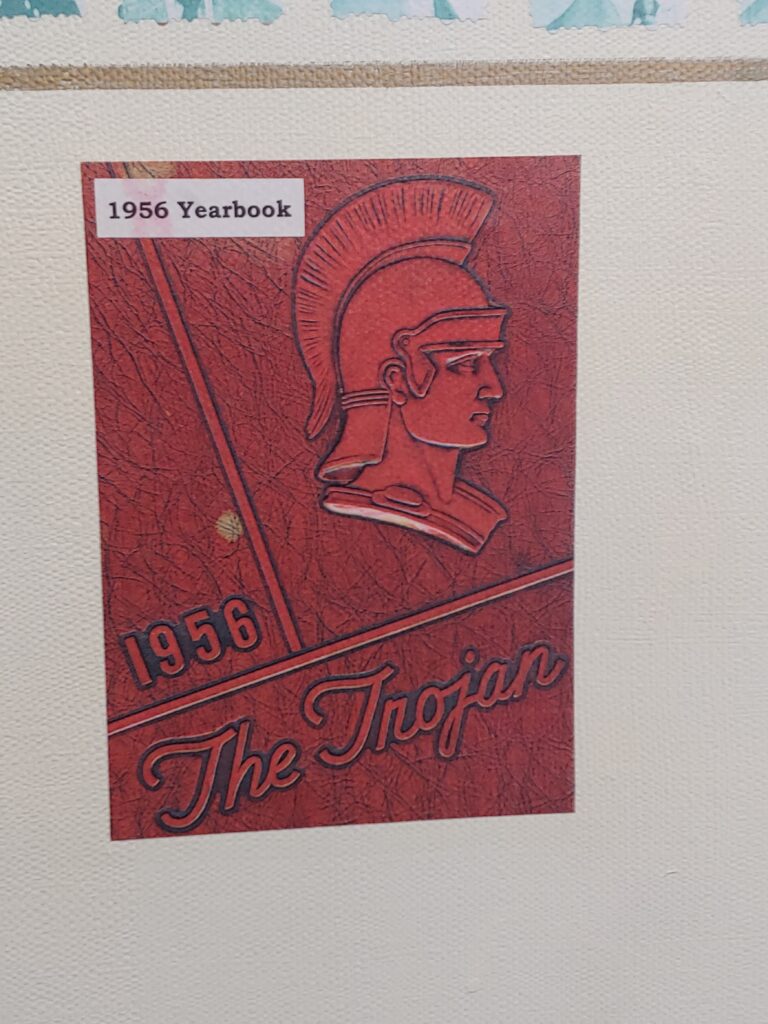
1956 Yearbook 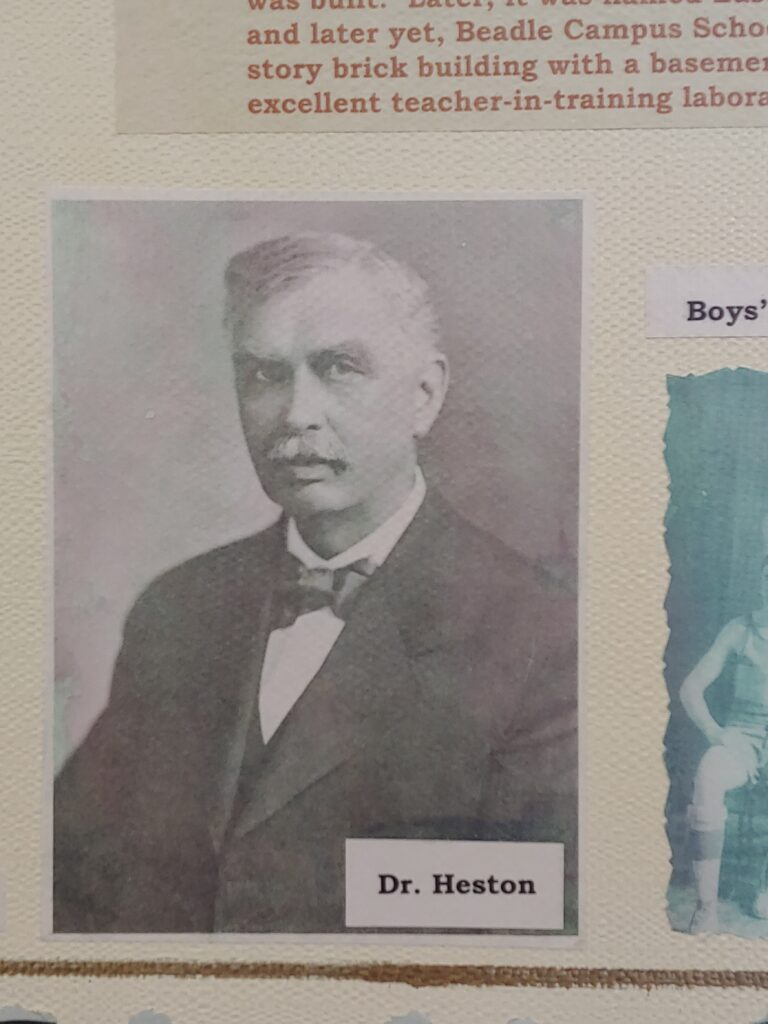
Dr. John Heston 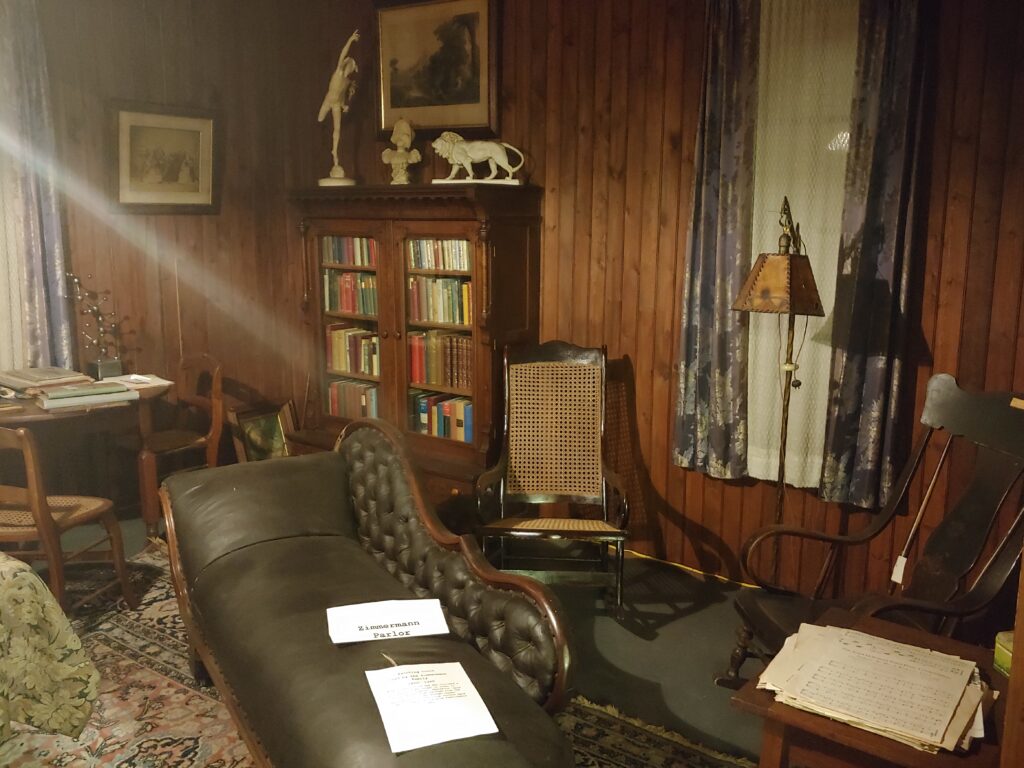
Zimmerman Parlor
The next addition to the campus would be the East Wing, in the location of modern day Kennedy Center. Originally constructed of Dell Rapids granite, the East Wing housed the admin offices, library, and even a grand auditorium often used as a chapel. The library held approximately one thousand books, and the chapel could seat six hundred people inside, before it was eventually converted to the main classroom building for the school of education.
Another addition would be encouraged by the school’s fourth president, Dr. John W Heston. In 1910 the Science Hall, now Tunheim Classroom Building, was developed due to Dr. Heston’s personal interest in industrial education and desire to make it a part of the school. Along with housing laboratories for a multitude of subjects on the first floor, the second floor was once a gymnasium where several social events were held, a stark difference from the current lecture hall held inside.
Jumping ahead to 1968, the Karl E Mundt Library was dedicated to U.S. Congressman representing South Dakota from 1939 to 1973. He is well known for having voted in favor of the Civil Rights Acts and the 24th Amendment, with the plaque of the library reading “Dedicated to a fair chance for a free people.” This was presented to Senator Mundt by then president of the United States, Richard Nixon and President of the General Beadle State College Harry Bowes.
Along with several physical addition, the school has seen the rise of several student organizations, from the Tennis Association in 1904 along with the school band, to the tumbling club. The school has also gone through many different names in its 140 year history. Changing from the Dakota Normal School, Madison State Normal School to eventually dropping the teaching exclusivity for the General Beadle State College in 1964. In 1969 the school would be called Dakota State College for twenty years. In 1989, DSU would finally take it’s name. One that it has held for over thirty years.
Most of this history, while not easily accessible online, can be found easily on campus. Taking a trip to the second floor of the Karl E Mundt Library will start you on a nice trip down the school’s own memory lane. Once up the stairs, looking to the left will reveal the start of a timeline, showcasing the history of the school year by year. Another great resource in learning the history of the area around Madison is the Lake County Museum. Not only does it showcase past settlements of lake county, and several historical artifacts, it also showcases the military significance of Lake County, and the life of Phillip Zimmermann, along with a recreation of his parlor.
For anyone interested in quick flash to the past, or to let their mind wander while studying in the library, take a stroll around the timeline, and see the faces of the past. Take a moment to connect the faces to the names of your dorm or classrooms. Take some time to view the statue of General Beadle on your way from the TCB. You’ll be surprised how much history it holds, and by how much more history will be made here at Dakota State University.
